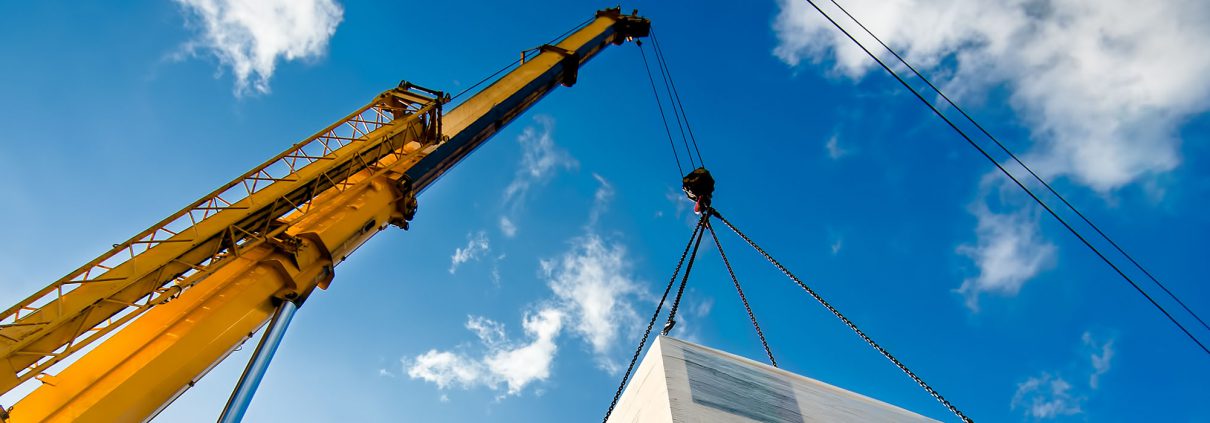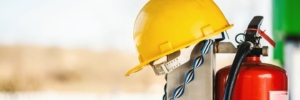The Top Five Most Dangerous Construction Hazards
1. Falls
Falling is by far the most significant hazard of construction work. Falls consistently account for the greatest number of injuries and fatalities. Fortunately, there are many methods and implements that help mitigate the risk of fall-related injuries. Erecting guard rails is the easiest and most effective mitigator. Ensure that guard rails are present anywhere that a fall might occur. When working on scaffolding, ensure that it is regularly inspected to verify its integrity. If a ladder is required for a particular situation, ensure that the ladder selected is the appropriate length. Mitigating fall-related injuries is, fortunately, a fairly straight-forward affair. The most important part is maintaining awareness of the potential hazard and encouraging vigilance amongst your construction crew.
2. Scaffold Collapse
Closely related to fall injuries, scaffold collapse contributes an estimated 4,500 injuries and 50 fatalities each year. Selecting the right scaffolding for the height required is crucial. Ensure that any scaffolding erected can support its weight plus four times the maximum intended load. Always verify that the ground on which you intend to erect scaffolding is stable and solid. Never attempt to stabilize scaffolding with unstable objects, like loose bricks, concrete blocks, boxes or barrels. If part of the scaffold is damaged, repair or replace it immediately. Provide training for your employees about how to safely maneuver on scaffolding and about the potential safety hazards of its use.
3. Electric Shock
Electric shock is perilous because it is not as obvious as other hazards commonly found on a construction site. You can’t see it like you can see other hazards, like a potential fall or an unstable rigging. Electricity is all around a construction site: power lines both above on poles and buried underground, and the power cables for tools and equipment that might fray. Situational awareness is the greatest protection against electric shock. Always be aware of power lines around your position and current activity. Regularly inspect the power cords for any electrical equipment you use, and if they’re damaged, replace them promptly. Consciously protect electrical cables; be aware of and avoid sharp corners or projections. Always wear insulated gloves when doing electrical work. Never work on an electrical circuit until power is shut off and grounds are attached.
4. Trench Collapse
Trench collapse constitutes more than half of all trenching fatalities. Always ensure that the slope angles of your trench are at or below the maximum allowable slope for the material in which you are digging. Never enter an unprotected trench. Have a qualified individual regularly inspect your trench. Keep objects at least two feet back from the edge of the trench. If the trench is higher than three feet, make sure you make exits available, such as ladders, stairways or ramps, every 25 feet.
5. Impact
There’s a lot going on at your construction site, and it has many working parts all going at the same time. It can be difficult to keep track of where everyone is and what they’re doing. Impact injuries can occur at any time, usually because someone is where they shouldn’t be or is difficult to see. Make sure your workers never position themselves between moving and fixed objects, and always inspect chains and winches before use. Wear brightly-colored, high-visibility vests or clothing, and never leave unsecured objects in high places.
Awareness is the key to safety. If you know what to look for, these hazards should be completely avoidable. Our qualified safety consultants will inspect your construction site, outline potential hazards, train your construction crew and provide regular updates on operational changes specific to your site. Working together, we can ensure your construction work is as safe as it can be.







